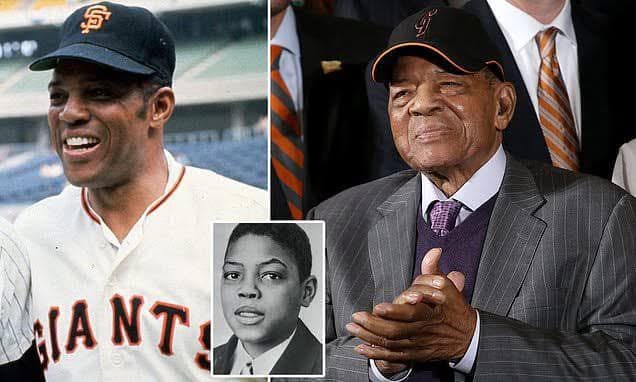
Willie Mays is universally regarded as one of the greatest baseball players of all time. His career, which spanned 23 seasons in Major League Baseball (MLB), was a testament to both his athleticism and perseverance. His life story, filled with groundbreaking moments and incredible achievements, is chronicled in the book *Willie Mays: The Life, The Legend* by James S. Hirsch.
Published in 2010, *Willie Mays: The Life, The Legend* offers an in-depth look at the remarkable journey of a player who not only became a legend in the sport but also helped to break racial barriers in a time of segregation. The biography delves into Mays’s early life, his start in the Negro Leagues, and his transition to the Major Leagues—an experience that was shaped by the racial tension and adversity he faced throughout his career.
Early Life and the Negro Leagues
Willie Howard Mays was born on May 6, 1931, in Westfield, Alabama. Raised in a working-class family, Mays was introduced to baseball at an early age by his father, a talented baseball player who played semi-professionally. Mays’s natural athletic ability was evident, but the racial barriers of the time meant that his dreams of playing in the Major Leagues were not a given.
In 1948, Mays’s journey took him to the Negro Leagues, where he played for the Birmingham Black Barons. While the Negro Leagues were home to some of the most talented players in baseball history, they were also a reflection of the deep-seated racism that permeated American society. Mays played alongside some of the greats, including the legendary Satchel Paige, and learned the skills that would later make him one of the most exciting players in baseball history.
Breakthrough in the Major Leagues
Mays’s big break came in 1951 when the New York Giants signed him to a contract, marking the beginning of his professional career in the Major Leagues. His debut in the MLB came on July 25, 1951, against the Philadelphia Phillies, and from the outset, Mays demonstrated his extraordinary ability. His combination of speed, power, and defensive prowess made him a force to be reckoned with.
Throughout the 1950s, Mays’s star only rose. He became a 24-time All-Star, an achievement that speaks to his consistent excellence on the field. His batting ability was complemented by his unparalleled defensive skills, particularly his remarkable play in center field. His famous over-the-shoulder catch during the 1954 World Series remains one of the most iconic moments in MLB history, symbolizing the kind of player Mays was—one who could make a game-changing play at any moment.
A Lasting Legacy
Off the field, Mays faced considerable racial prejudice, but his grace and dignity in the face of adversity only enhanced his status as a role model. Despite these challenges, Mays’s contributions to the game were immeasurable. He not only helped to elevate the level of play in the MLB but also paved the way for future African American players.
By the time he retired in 1973, Mays had accumulated 660 home runs, placing him third on the all-time list at the time, and secured two MVP awards, 12 Gold Glove awards, and countless accolades. His influence extended beyond statistics—he redefined what it meant to be an all-around player, excelling both offensively and defensively.
The Biography’s Insight
*Willie Mays: The Life, The Legend* gives readers a deep understanding of the man behind the legend. Through Hirsch’s meticulous research and interviews with Mays himself, the book paints a portrait of a man who was not only one of the best athletes of his era but also someone who dealt with complex racial issues while remaining focused on his love of the game. It covers Mays’s early life, his rise in the Negro Leagues, and his long and storied career in the Major Leagues, while also shedding light on the personal sacrifices and challenges Mays faced throughout his career.
The biography also provides readers with the cultural and historical context in which Mays played. The struggles of African American players, the challenges they faced in breaking the color barrier, and Mays’s role in challenging these racial barriers are explored in depth. This is not only a story of athletic achievement but also of resilience, perseverance, and the changing landscape of American society.
Leave a Reply